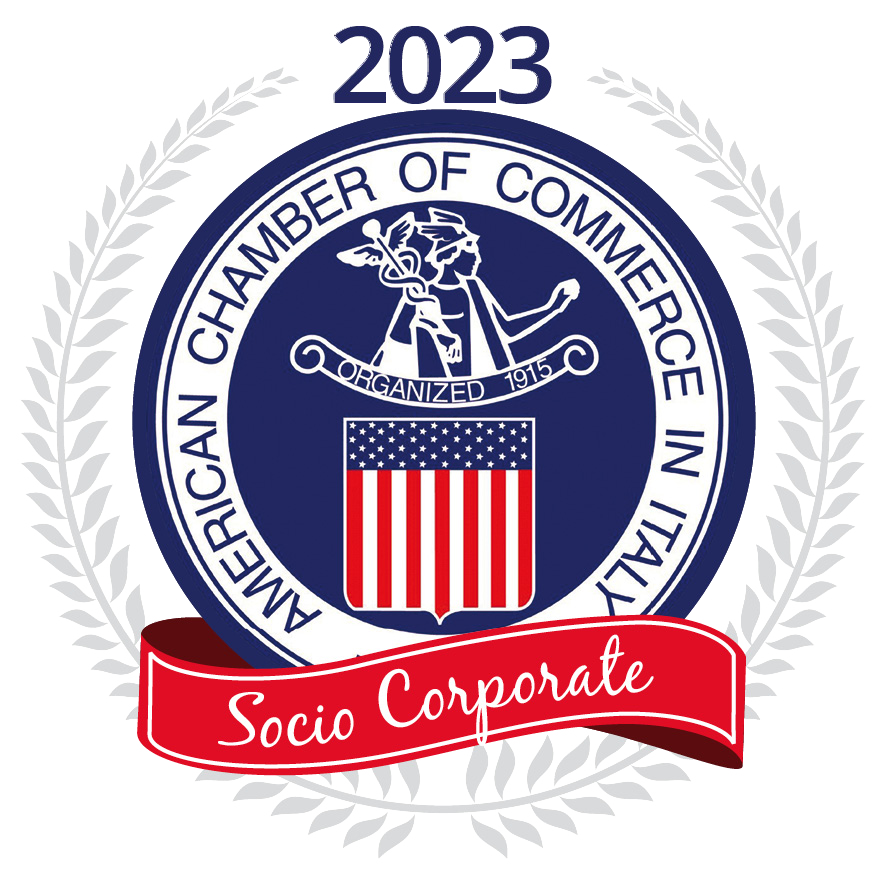Department of Defense – The nominee for Undersecretary for Policy is Elbridge Colby. Michael Duffey is the nominee for Undersecretary for Acquisition and Sustainment. Emil Michael is the nominee for Undersecretary for Research and Engineering.
Department of Energy – Darío Gil is the nominee for Undersecretary for Science and Innovation.
Brandon Williams is the nominee for Undersecretary for Nuclear Security and Administrator of the National Nuclear Security Administration.
Department of Homeland Security – Troy Edgar is the nominee for Deputy Secretary. Caleb Vitello has been named Acting Immigration and Customs Enforcement (ICE) Director. Rodney Scott is the nominee for Commissioner of Customs and Border Protection (CBP).
Department of Justice – Aaron Reitz will be the next head of the Office of Legal Policy. Chad Mizelle will serve as Chief of Staff. The Assistant Attorney General for Civil Rights will be Harmeet K. Dhillon.
Department of State – Marco Rubio was confirmed as the Secretary of State. Michael J. Rigas will be the nominee for Deputy Secretary for Management and Resources. Monica Crowley will be the Assistant Secretary for the 2026 FIFA World Cup and 2028 Olympics. Mauricio Claver-Carone will be the Special Envoy for Latin America. Mark Burnett was named the Special Envoy to the United Kingdom, a newly created post. Richard Grenell will be the Presidential Envoy for Special Missions, a new position. Adam Boehler will be the Special Envoy for Hostage Affairs. Steven Witkoff will be the Special Envoy to the Middle East; Morgan Ortagus will be his Deputy. Tammy Bruce will be the State Department spokesperson. Monica Crowley was nominated as the Chief of Protocol. The following Ambassadorial nominees were announced, all of which must be confirmed by the Senate: John Arrigo for Portugal; Kevin Marino Cabrera for Panama; Leah Campos for the Dominican Republic; Somers Farkas for the Republic of Malta; Stacey Feinberg for Luxembourg; Arthur Graham Fisher for Austria; Callista Gingrich for Switzerland; George Glass for Japan; Ken Howery for Denmark; Christine Jack Toretti for Sweden; Peter Lamelas for Argentina; Benjamin Leon Jr. for Spain; Nicole McGraw for Croatia; Daniel Newlin for Colombia; Roman Pipko for Estonia; Joe Popolo Jr. for the Netherlands; Lou Rinaldi for Uruguay; Leandro Rizzuto Jr. for the Organization of American States; Herschel Walker for the Bahamas; Edward Walsh for Ireland; Bill White for the Kingdom of Belgium.
Department of the Treasury – The nominee for Assistant Secretary for Tax Policy is Ken Kies. Alexandra Preate will be Senior Counselor to the Secretary. Hunter McMaster will be the Director of Policy Planning. Daniel Katz will be the Chief of Staff, Samantha Schwab and
Cora Alvi will be Deputies.
Internal Revenue Service – Former Congressman Billy Long (R-MO) is the nominee for Commissioner.
National Aeronautics and Space Administration – Jared Isaacman is the nominee for Administrator.
Office of Management and Budget – Former Congressman Dan Bishop (R-NC) is the nominee for Deputy Director. Ed Martin will be the Chief of Staff.
Social Security Administration – Fiserv CEO Frank Bisignano is the nominee for Commissioner.
U.S. Agency for Global Media – Voice of America (VOA) Director will be former Senate candidate Kari Lake.
White House – Stephen Miran is the nominee for Chairman of the Council of Economic Advisers, a position requiring Senate confirmation. James Blair will be the Deputy Chief of Staff for legislative, political and public affairs. Taylor Budowich will be Deputy Chief of Staff in charge of communications and personnel. Will Scharf will serve as the White House Staff Secretary. Matt Brasseaux will be the Political Affairs Director. Alex Latcham will be the Public Liaison Director. Massad Boulos will be a Senior Adviser to the president for Arab and Middle Eastern affairs. There have been several announcements on National Security Council (NSC) personnel: Alex Wong will be Principal Deputy National Security Adviser; Sebastian Gorka will be the Senior Director for Counterterrorism; the Executive Secretary will be Catherine Keller; Micah Ketchel, incoming National Security Advisor Mike Waltz’s congressional chief of staff, will be Senior Adviser and a Special Assistant to the President; Brian Hughes will be Deputy National Security Adviser for Strategic Communications; Brian McCormack will have a senior role focused on energy policy; Andrew Peek will have a senior role focused on the Middle East. Former Congressman Devin Nunes will serve as Chairman of the President’s Intelligence Advisory Board. The Office of the Vice President has also announced the following appointments: Jacob Reses as the Chief of Staff; Bryan Gray as Deputy Chief of Staff; Ben Moss is Director of Domestic Policy; National Security Advisor is Andy Baker; Abby Delahoyde is the Director of Operations; and William Martin is the Communications Director.









